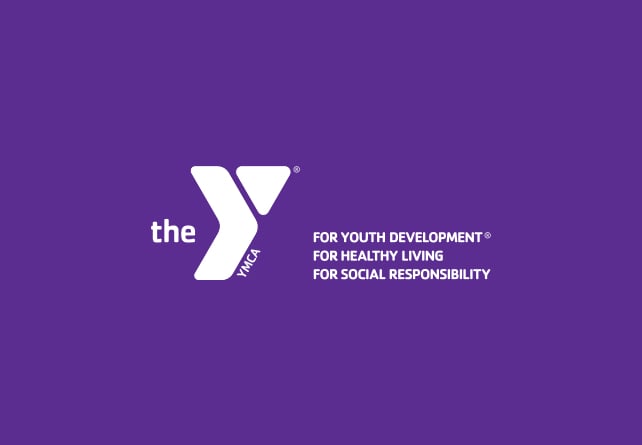Recovery Tip To Help You Achieve Your Fitness Goals
Recovery is crucial to you and your body reaching your fitness goals. Your body needs tom to rest in order to continue improving. In this article from ideafit.com, they go into details why and what you should be doing on those recovery days:
Whether you are training for weight loss, a sport or a marathon, incorporating recovery techniques and rest days will not only give your muscles and joints a break, but they will also help your body perform exercise better over time. According to Wendell Liemohn, PhD, and fellow of the American College of Sports Medicine and the American Academy of Kinesiology and Physical Education, “Having functional ROM (range of motion) at all joints of the musculoskeletal system is desirable to ensure efficient body movement; this is one reason why flexibility is a key component of physical fitness.” Recovery and flexibility techniques, such as calisthenics, stretching and sports massage, are the silent partners in training programs of all fitness levels because they help to increase overall joint range of motion.
Flexibility training is gentle enough to be performed daily. Spend 10–20 minutes on your rest days to stretch the muscles that take a beating throughout the week, such as the calves, hamstrings, glutes, shoulders and lower back. As the name “warm-up” suggests, light activity and stretching will warm the soft tissues of the body to prepare them for more intense exercise. Consider performing some light, dynamic movements before a workout, like standing hip circles or jumping jacks, followed by some static stretches. And by the end of a workout, your blood flow has increased and your core body temperature is slightly elevated. Take advantage of this internal environment to increase your flexibility, since muscles, tendons and ligaments move better when they are warm.
Sports massage can certainly help speed up the body’s recovery time and often includes myofascial release techniques that involve applying pressure to a tender spot, or “knot,” on a tendon or muscle belly. We would all like to have a sports massage therapist on call to work on our tired bodies, but since that isn’t always possible, there are self-myofascial-release tools available such as foam rollers, massage sticks and myo-release balls that allow you to achieve similar benefits without a massage therapist. Self myofascial release can mimic a sports massage by using rollers of varying sizes, shapes and densities to apply pressure and “untie the knots” that tend to form in our muscles when training. Most of these accessories are small, lightweight and easy to carry in a gym bag.
Continue Reading The Article Here

